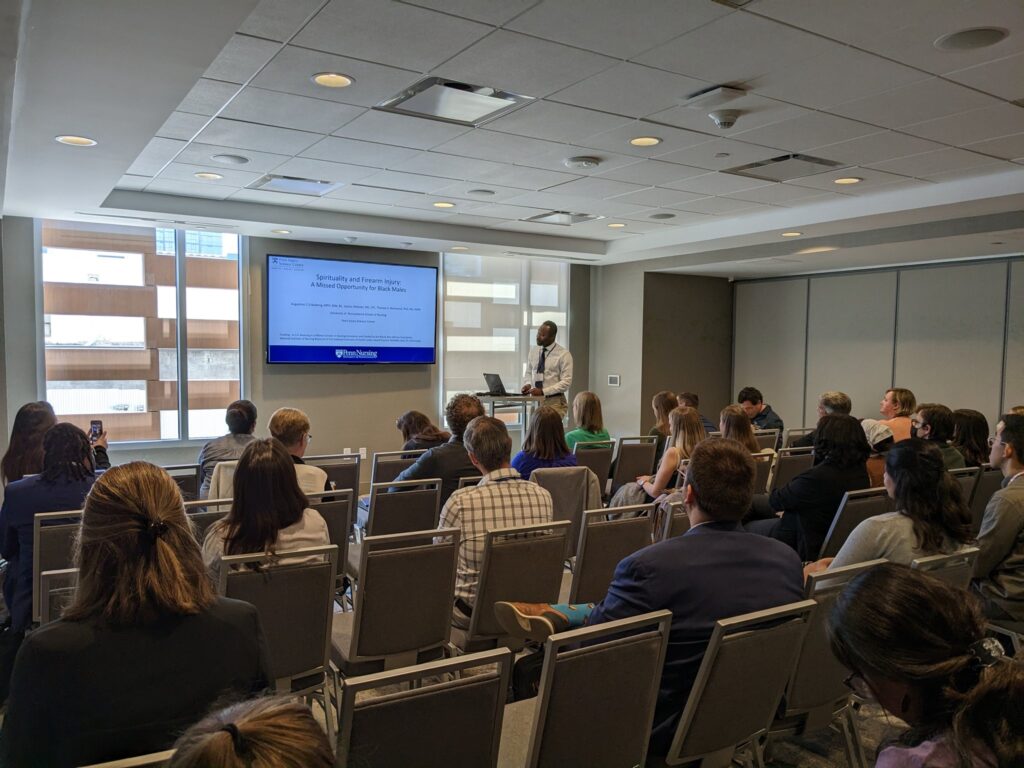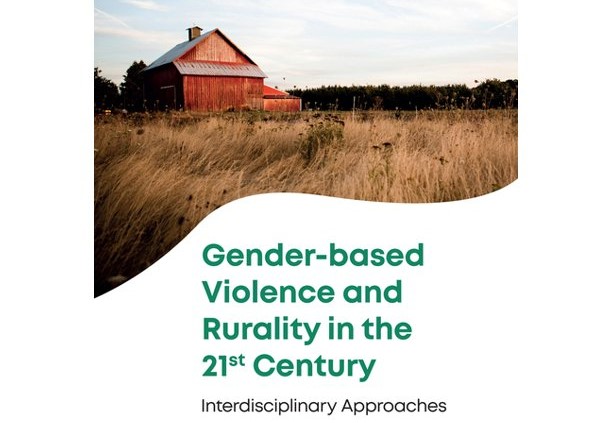PISC Publications and News Features

Shoshana Aronowitz of the School of Nursing, Zack Meisel of the Perelman School of Medicine, and colleagues assessed the various types of prior authorization requirements for Medicaid-covered buprenorphine treatment across the 50 states, which present barriers to evidence-based treatment and overdose prevention.

Gina South of the Perelman School of Medicine, Sara Jacoby of the School of Nursing, and colleagues describe the “racial empathy gap” in care for opioid use disorder, wherein Black patients are left wanting compassionate and dignified care when seeking OUD treatment, based on interviews with patients.
“The stigma of having a substance use disorder was felt to be compounded by the stigma of being a Black patient, leading to marginalization and discrimination during healthcare encounters.”

Cassis Boateng of the School of Nursing and colleagues assessed how religiosity relates to health seeking behaviors for mental health in a recent publication. Related to the topic of religiosity, Cassis presented at SAVIR 2023 about the role of spirituality in firearm injury recovery.
“Evidence suggests that religious and spiritual leaders may be more trusted than secular mental health therapists and are often the first point of contact for individuals with mental health problems who identify as religious.”

A team of investigators, including Allison Curry, from CHOP Center for Injury Research and Prevention and the Perelman School of Medicine found that caregivers from vulnerable populations demonstrated proper child restraint use if they engaged with a Child Passenger Safety Technician/Inspection Station or their Pediatrician.
“Among caregivers from vulnerable populations, almost all who had used a Child Passenger Safety Technician or their Pediatrician to learn about child passenger safety had their children appropriately restrained. This suggests connecting caregivers to “experts” may help reduce disparities in appropriate child restraint use.”

Millan AbiNader of the School of Social Policy & Practice authored a book chapter on the definition and operationalization of rurality within the context of gender-based violence.
“Research on gender-based violence (GBV) across place has consistently demonstrated rural/urban differences in violence prevalence and risk … Although the definition of rurality is central to this line of inquiry, how it should be operationalised continues to be debated among scholars.”

Kristy Arbogast and a team of CHOP Center for Injury Research and Prevention investigators assessed the short-term neurological effects of “headers” and head kinematics using an instrumented mouthguard in youth athletes.
“There were no neurophysiological deficits for either heading group or significant differences from controls at either post-heading timepoint, and therefore, a bout of repeated headers did not result in changes in the neurophysiological measures evaluated in this study.”

A team including Maggie Lowenstein of the Perelman School of Medicine and Shoshana Aronowitz of the School of Nursing interviewed patients and identified three facilitators for a low-barrier treatment model for opioid use disorder.
- Low-barrier treatment is a “medication first” strategy for opioid use disorder care.
- We interviewed participants in one low-barrier model to explore patient perspectives.
- Participants valued flexible program structure and support for social needs.
- Harm reduction approach increased comfort with treatment initiation.
- Climate of respect, empathy, and autonomy were also key facilitators.

| Research from Millan AbiNader explores the shifts in victim advocates’ perspectives following the intimate partner homicide of a client, including the opportunity for “meaning making” to cope and prevent burnout. |

A team including Zack Meisel, Gina South, and Shoshana Aronowitz have shone a light on burnout in substance use disorder (SUD) care providers that work outside of the traditional health care setting, suggesting an improved framework is necessary to address burnout in community-based SUD treatment, overdose prevention, and harm reduction providers.

A study from Kit Delgado and colleagues demonstrates that combined individual audit and peer comparison feedback can increase the frequency of low-pill opioid prescriptions in the emergency department. However, the intervention does not affect prescribing disparities wherein, both before and after the feedback interventions, Black patients receive prescriptions at lower rates and dosages than white patients.

| A recent paper led by Dan Corwin, with Kate McDonald, Kristy Arbogast, and other CHOP colleagues, suggests there is wide variability in the proportion of youth considered to be “recovered” following concussion, depending on the definition of recovery. |

| Elinore Kaufman, Therese Richmond, and Katie Hoskins published a review for pediatric critical care clinicians on youth firearm injury, now the leading cause of death for youth in the United States. The article includes approaches for prevention and the improvement of recovery outcomes. |
